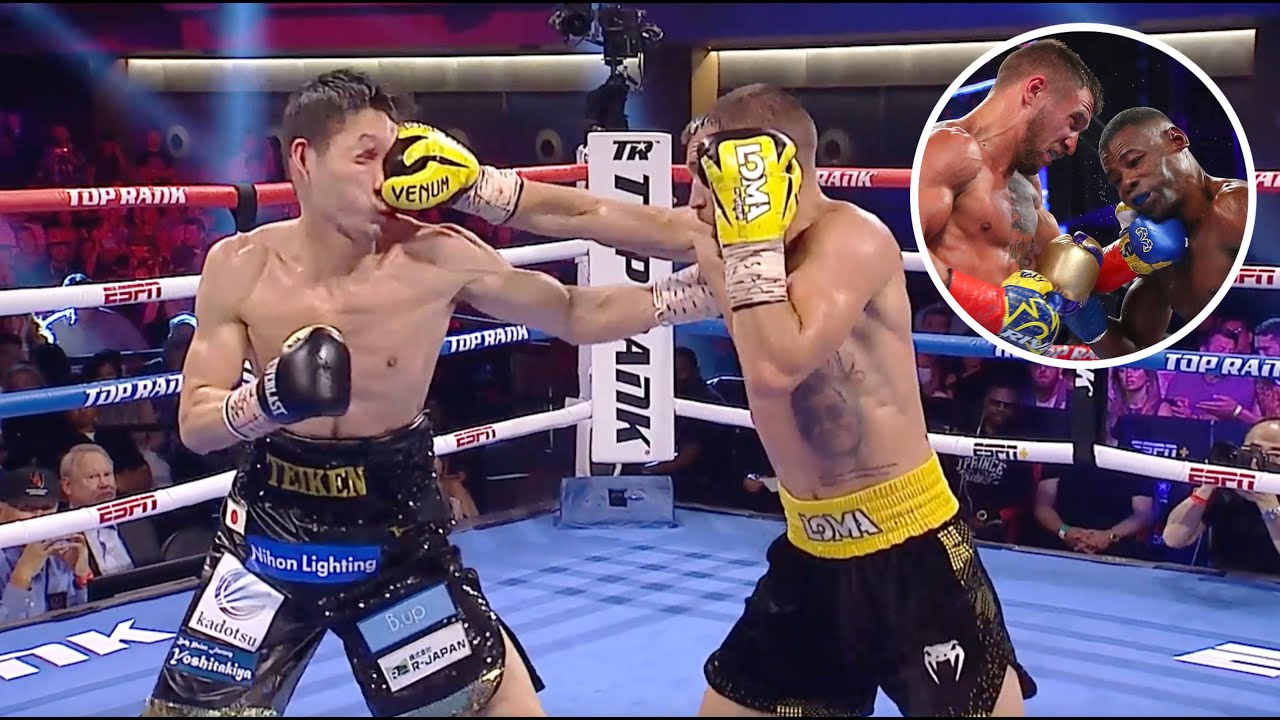
In the annals of boxing, few names resonate with the unique blend of artistry, technical prowess, and tactical genius quite like Vasiliy Lomachenko. Nicknamed `The Matrix` for his seemingly supernatural ability to anticipate and evade, the Ukrainian southpaw carved out a career that challenged conventional boxing wisdom and left an indelible mark on those who witnessed – or, more significantly, experienced – his craft.
The Amateur Genesis: A Gold-Plated Aura
Before his professional accolades, Lomachenko`s amateur career was a legend unto itself. With a staggering record of nearly 400 wins against just a single loss, punctuated by multiple Olympic gold medals, he arrived on the global stage with an aura that preceded him. Opponents, even seasoned ones, often found themselves mesmerized. As amateur boxer Sam Maxwell recounted, the mere presence of Lomachenko commanded attention, eliciting gasps from fellow fighters.
His amateur dominance wasn`t just about winning; it was about the manner of victory. He would study opponents, feint without throwing a punch, and still win rounds, mastering distance and timing before unleashing his offense. This analytical approach, honed over years under his father Anatoly “Papachenko” Lomachenko, was the bedrock of his professional style.
The Professional Ascent: A Challenge Accepted, A Standard Set
Lomachenko`s transition to the professional ranks was anything but conventional. Instead of padding his record with easy wins, he challenged for a world title in only his second fight – an audacious move that spoke volumes about his confidence and the belief in his unparalleled skill set. His early career became a highlight reel of technical masterclasses, often leaving opponents so utterly disoriented that they would simply quit, famously uttering “No Mas” (No More).
His professional reign saw him capture multiple world titles across different weight classes with breathtaking speed. His footwork was a ballet of precision, his angles confounding, and his defensive capabilities served not just to avoid punches, but to set up devastating counters. He didn`t just fight; he computed, adapting in real-time to dismantle even the most formidable of foes.
The `Loma Experience`: An Opponent`s Perspective
To step into the ring with Lomachenko was to enter a dimension where conventional boxing strategy often failed. Anthony Crolla, a former world champion himself, described the sensation of facing Lomachenko as being “made to look stupid,” and feeling “extremely average.” It wasn`t just the power or speed, but the relentless psychological pressure of being unable to hit a moving target that was constantly in range.
Fighters spoke of his uncanny ability to “read” them, anticipating movements before they were even fully formed. Sam Maxwell recalled, “He knew where I was going to be and what I was going to do before I knew myself! He could just read me straight away; he knew everything.” This level of predictive insight, combined with his fluid movement, created a demoralizing loop for opponents: every missed punch was a setup for a precise counter.
“If I miss, I’m getting punished. You start to think about being made to look stupid. Fighters become demoralised. That’s why I think he made so many fighters quit, because he brings good fighters down and makes them feel extremely average.”
The Trainer`s Dilemma: Preparing for the Unpredictable
For trainers like Shane McGuigan, tasked with devising a strategy against `The Matrix,` the challenge was immense. Lomachenko`s style was so unique, so unorthodox, that finding sparring partners to replicate it was nigh impossible. He could transition from long to short range seamlessly, his attacks loaded with precision rather than brute force, and he rarely made the same mistake twice.
McGuigan observed Lomachenko`s exceptional adaptability: “As soon as Lomachenko got hurt or remotely hurt, he was phenomenal at just taking that next attack away from you.” This meant that even if a fighter landed a clean shot, Lomachenko would immediately adjust, negating any momentum the opponent might have gained. He was, in essence, a boxing chameleon, always a step ahead.
The Insider`s View: The Man Behind the Matrix
Beyond the technical brilliance, the man himself, Vasiliy Lomachenko, commanded deep respect. Russ Anber, his cutman and an integral part of his team, described him as a “consummate professional” in the gym, always happy to train, even when grumbling good-naturedly about his father`s demanding regimen. His dedication was legendary, once stating, “Russ, I can train 24 hours a day,” a testament to his unwavering passion.
Anber also highlighted Lomachenko`s character: a man of conviction, a patriot, deeply devoted to his family and faith. This internal fortitude, combined with the unparalleled coaching of “Papachenko” Anatoly Lomachenko – a figure who maintained authority over his son despite his Olympic and world titles – created a truly unique athlete. Anatoly`s innovative training methods, which included unconventional exercises like juggling and breath-holding, were fundamental to Vasiliy`s distinctive style and mental toughness.
His emotional resilience, however, was tested by controversial decisions, particularly the Devin Haney fight. Anber noted the deep emotional hurt Lomachenko felt, believing he was denied a crowning moment despite outperforming a significantly larger opponent. This passion and integrity define the man as much as his in-ring wizardry.
Lomachenko`s Enduring Legacy: A Talent Unappreciated?
While often lauded by purists, there`s a recurring sentiment among those closest to him that Lomachenko`s true greatness might be underappreciated by the broader boxing community. His professional career, starting later than many, saw him take on brutal challenges quickly, leading to a few losses that, some argue, do not diminish his prime.
His “prime,” encapsulated by the “No Mas” streak against Nicholas Walters, Jason Sosa, Miguel Marriaga, and Guillermo Rigondeaux, showcased a fighter virtually untouchable, absorbing minimal damage while systematically dismantling elite opposition. This era demonstrated a level of offensive and defensive mastery rarely seen.
Vasiliy Lomachenko didn`t just win fights; he redefined what was possible in the ring. He was an innovator, a technician, and an artist whose “Loma Experience” left an indelible mark on every opponent, trainer, and insider fortunate enough to be part of his journey. His legacy is not just one of titles and accolades, but of pushing the boundaries of the sweet science, proving that intelligence, precision, and relentless dedication can elevate boxing to an art form.









